Unearthing History: The 600-Year-Old Brass Seal of St. Catherine of Alexandria
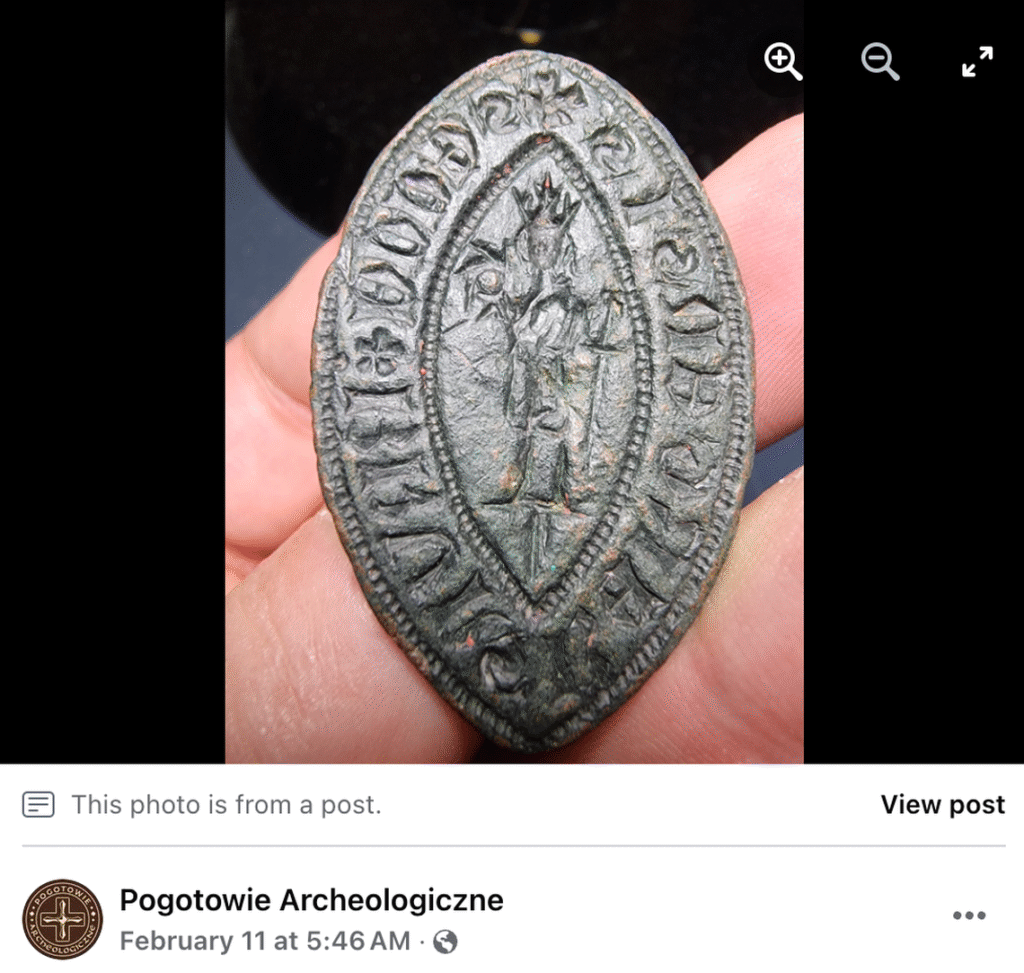
The 600-Year-Old Brass Seal of St. Catherine of Alexandria
Introduction to the Discovery
The recent unearthing of a 600-year-old brass seal in a farmer’s field marks a significant milestone in the fields of archaeology and history. This remarkable find has generated considerable excitement among scholars, historians, and enthusiasts alike, as it offers a unique glimpse into the past. The brass seal, associated with St. Catherine of Alexandria, is believed to date back to the late medieval period, highlighting the rich tapestry of religious and cultural practices that existed during that time.
Archaeological discoveries, such as this seal, provide invaluable insights into historical narratives that could otherwise remain fragmented or obscured. Seals have long been used in both a practical and ceremonial capacity, often serving to authenticate documents or signify ownership. In the case of the St. Catherine seal, its intricate design and craftsmanship suggest the importance of this figure in medieval society, as well as the devotion surrounding her cult. Far beyond mere artifacts, such items are important components in understanding the multi-faceted life of communities centuries ago.
The location of this find adds another layer of intrigue, as farmers’ fields have frequently proven to be fertile ground for archaeological treasures. Such sites often reveal layers of history, allowing researchers to piece together the lives and practices of people from different eras. The excitement surrounding the seal emphasizes the ongoing relevance of archaeology in uncovering humanity’s past, reminding us that beneath the surface of our contemporary landscape lies a rich wealth of historical narratives waiting to be revealed.

Historical Context of Brass Seals
Brass seals, particularly during the Middle Ages, served a significant role in authenticating documents and conveying authority, especially within ecclesiastical settings. These artifacts were generally made from materials such as brass, creating durable and intricate designs that often bore the insignia of leaders, institutions, or religious figures. The use of seals enabled the legitimate transfer of authority and was a vital tool in establishing the credibility of various documents, ranging from legal contracts to church proclamations.
The emergence of brass seals coincided with the growing complexities of governance and administration in medieval society. As communities developed, there was a corresponding need for reliable methods to verify the authenticity of documents that governed land ownership, rights, and obligations. Seals not only stamped their impressions on parchment but also communicated power and validated the legitimacy of the content they enclosed. As such, they played a significant role in the administrative frameworks of church parishes, serving as a tool for clergy to assert their authority and manage church affairs effectively.
In addition to their administrative use, brass seals carried spiritual connotations, reinforcing the theological underpinnings of the church’s authority. Seals often featured religious symbols or figures, which enhanced their sanctity and served to strengthen the connection between earthly governance and divine will. Through this interplay, seals became integral to both the secular and sacred realms, demonstrating how authority was perceived and exercised in medieval society.
Overall, the historical usage of brass seals reveals much about the social and religious structures of the time. They offer insights into the complexities of medieval governance, the intertwining of church and state, and the ways in which authority was inscribed and visualized in the material culture of the period. The study of such artifacts is essential for understanding the broader historical narratives that shaped communities throughout the Middle Ages.
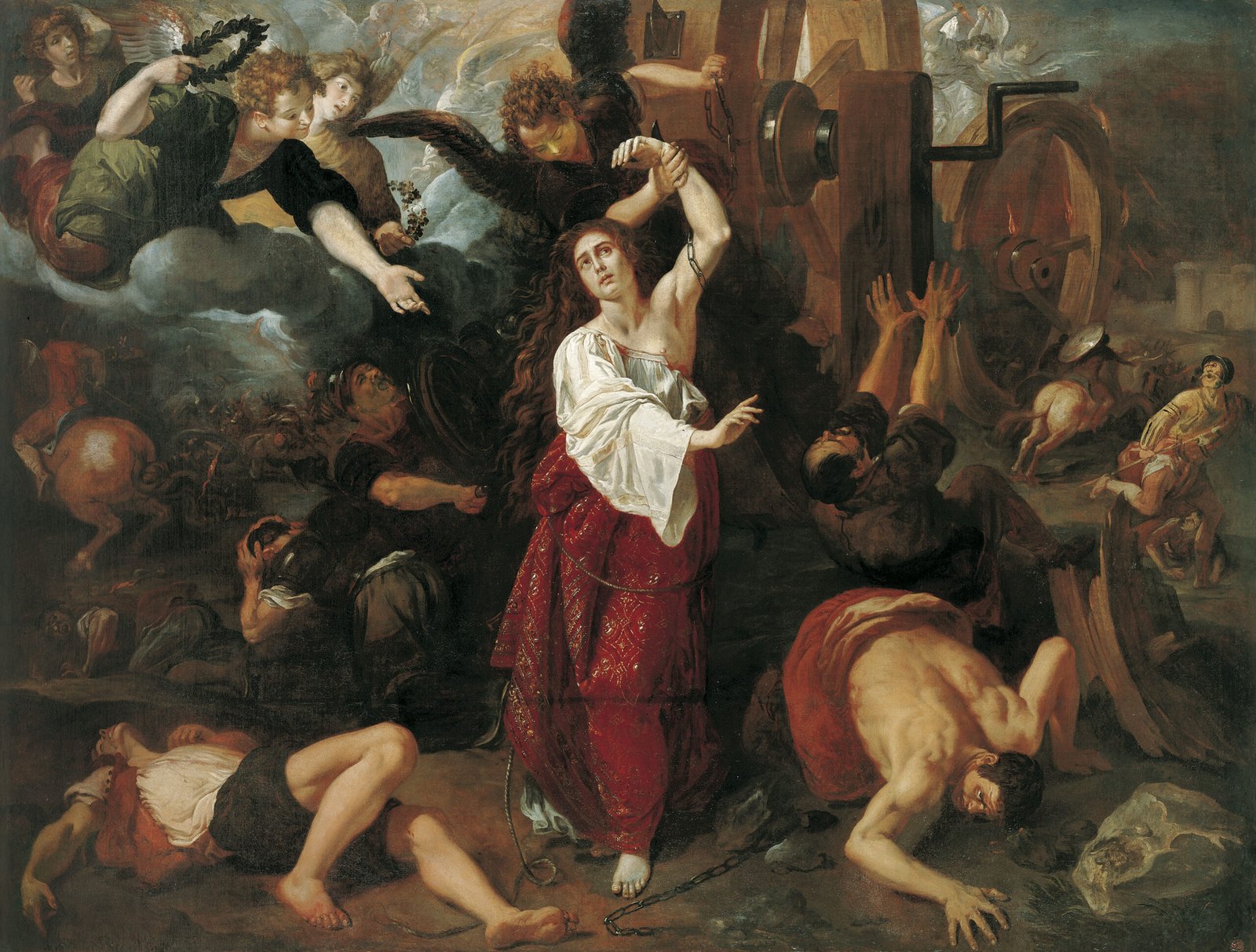
Symbolism of St. Catherine of Alexandria
St. Catherine of Alexandria is widely recognized as a prominent figure in Christian hagiography, celebrated for her unwavering commitment to her faith and exemplary moral character. Her symbolism is deeply rooted in attributes that reflect her status as a martyr and a saint. Traditionally, she is depicted bearing a wheel, a symbol associated with her martyrdom. This wheel represents the method by which she was to be executed, known as the “breaking wheel,” which, according to legend, miraculously shattered when she touched it. Through this imagery, St. Catherine embodies the triumph of virtue over suffering, serving as a beacon of hope for those facing persecution for their beliefs.
In addition to the wheel, the iconography of St. Catherine is often enhanced by the presence of a sword or a book. The sword symbolizes her intellectual prowess and her fierce defense of the Christian faith, as she engaged in debates with pagan philosophers and emerged victorious. This confrontation highlights her role not only as a martyr but also as an advocate of wisdom and reason within the Christian tradition. The book, frequently depicted in her hands, signifies her deep understanding of scripture and her commitment to spreading the teachings of Christ. These elements combined illustrate the duality of her identity as both a scholar and a martyr.
The symbolism associated with St. Catherine was particularly significant in the socio-religious landscape of the 14th century. During this period, her narrative inspired numerous followers and represented the struggle of Christians against adversity. The brass seal bearing her likeness serves as a vital testament to her enduring legacy, encapsulating the ideals of martyrdom, virtue, and steadfast faith that resonated deeply within the Christian community. Through her iconography, St. Catherine of Alexandria continues to inspire devotion and admiration, embodying the strength and resilience of faith in the face of persecution.
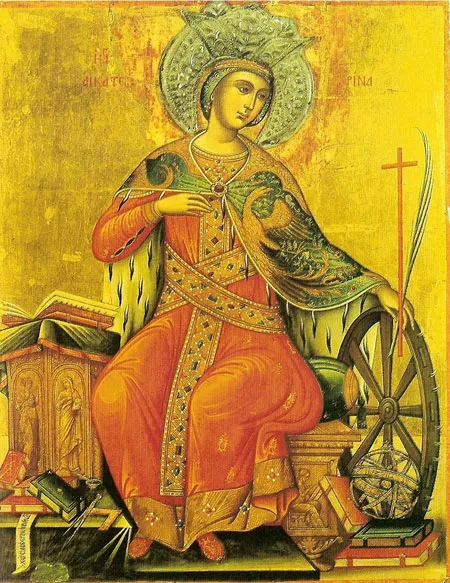
Archaeological Significance of the Seal
The discovery of the 600-year-old brass seal of St. Catherine of Alexandria holds substantial archaeological significance, as it offers profound insights into the social, religious, and material culture of the 14th century. Such artifacts are crucial in reconstructing historical narratives, as they help researchers understand how communities engaged with their faith and the surrounding world. This seal, specifically designed to authenticate documents related to St. Catherine, serves as a tangible connection to the parish life of that era, highlighting the importance of saints in daily life and religious practice during the medieval period.
In the 14th century, the use of seals was widespread, especially in ecclesiastical contexts, as they were employed to validate religious documents and convey authority. The brass material itself is indicative of the period’s craftsmanship and trade practices, revealing the technological advancements and economic factors at play. By analyzing the seal’s iconography and inscriptions, archaeologists can glean insights into the prevalent religious beliefs and ritual practices of the time, helping to contextualize the significance of St. Catherine within the broader framework of Christian devotion.
Archaeologists employ a variety of methodologies to excavate and analyze such artifacts. Stratigraphic excavation techniques allow researchers to understand the context in which the seal was found, revealing layers of historical significance. Moreover, the combination of radiometric dating and stylistic analysis informs the dating of the seal, ensuring that it is accurately placed within the 14th century. Additionally, forensic examination techniques, such as chemical residue analysis, may provide insights into the seal’s uses and the nature of the materials employed in its creation. Ultimately, the seal serves not only as an artifact of religious importance but also as a vital contribution to the understanding of 14th-century life, community structure, and the evolving relationship between faith and daily existence.
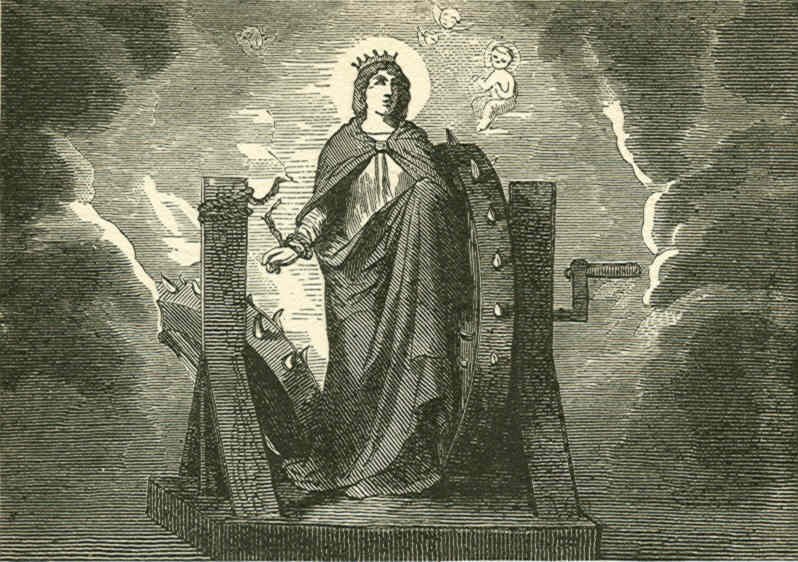
Findings from the Excavation Site
The excavation site where the 600-year-old brass seal of St. Catherine of Alexandria was discovered has yielded a remarkable array of artifacts that shed light on the historical context of the area during that period. Alongside the brass seal, archaeologists unearthed pottery shards, coins, tools, and remnants of structures that suggest a thriving community engaged in trade and craftsmanship. These findings offer a glimpse into the daily lives of the inhabitants and their socio-economic interactions.
The pottery found at the site varies in style and function, indicating influences from different cultures and trade networks. Notably, several pieces feature decorative motifs that align with artistic trends prevalent during the late medieval period. Such diversity in pottery suggests that the community maintained active trade routes, possibly connecting them to larger urban centers. The presence of coins, some bearing the likenesses of well-known figures of the time, confirms that this location was economically significant and potentially a commerce hub.
Additionally, tools made from metal and stone artifacts provide insight into the technological advancements that the community utilized for agricultural and artisanal work. This evidence implies a level of sophistication in both daily living and specialized trades, contributing to the overall understanding of the region’s historical development.
The association of these artifacts with the brass seal dramatically enhances the significance of the find. It indicates that the seal was not merely a personal object but part of a larger administrative or religious function within the community. Collectively, these discoveries paint a vivid picture of the social, economic, and cultural dynamics at play in the locale during the 15th century, inviting further inquiry into how such elements interconnected in shaping the historical tapestry of the area.
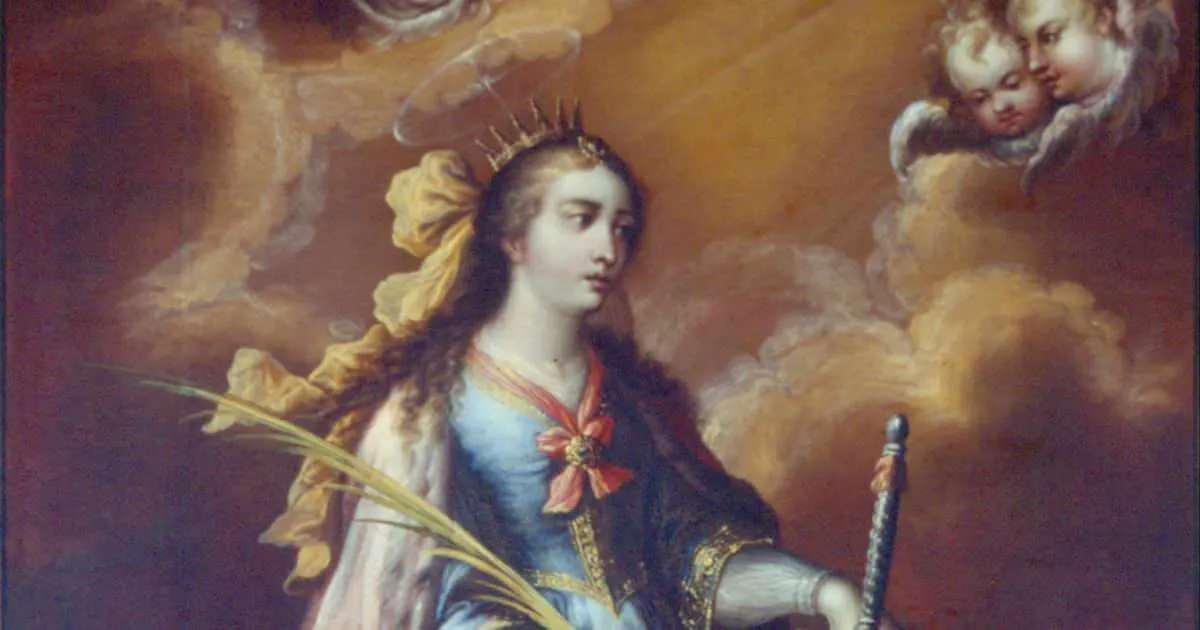
Cultural Resonance of St. Catherine
St. Catherine of Alexandria is a prominent figure whose influence has significantly shaped cultural and religious paradigms throughout history, particularly during the Middle Ages. Originally celebrated as a scholarly virgin and martyr, her narrative merged elements of philosophy, faith, and defiance against oppressive rulers, making her a compelling icon for a variety of sociocultural movements.
The veneration of St. Catherine gained traction in the early medieval period, when her life story began to spread through oral traditions and later through written texts. The cult of St. Catherine flourished, leading to the establishment of her feast day on November 25, and numerous churches and monasteries were dedicated to her. Her strong character and wisdom inspired countless artworks, as artists sought to capture her essence through paintings, sculptures, and illuminated manuscripts. The narrative surrounding St. Catherine often highlighted her intelligence, adding layers to her persona that resonated with the medieval pursuit of knowledge and enlightenment.
The artistic representations of her, such as those found in the works of renowned painters like Raphael and Michelangelo, showcased her adorned with symbols that reflected her complex identity—a wheel representing her martyrdom and a book indicating her scholarly prowess. Through these depictions, her image persisted as a model of moral strength, emphasizing the interconnection between faith and intellect.
In more recent times, St. Catherine’s legacy has experienced a revival within modern religious practices. Her qualities as an advocate for marginalized voices have made her a symbol for various social justice movements in many contemporary communities. She continues to be relevant, serving as a reminder of the cultural and spiritual fabric that binds society and as an inspiration for those who seek knowledge and justice.
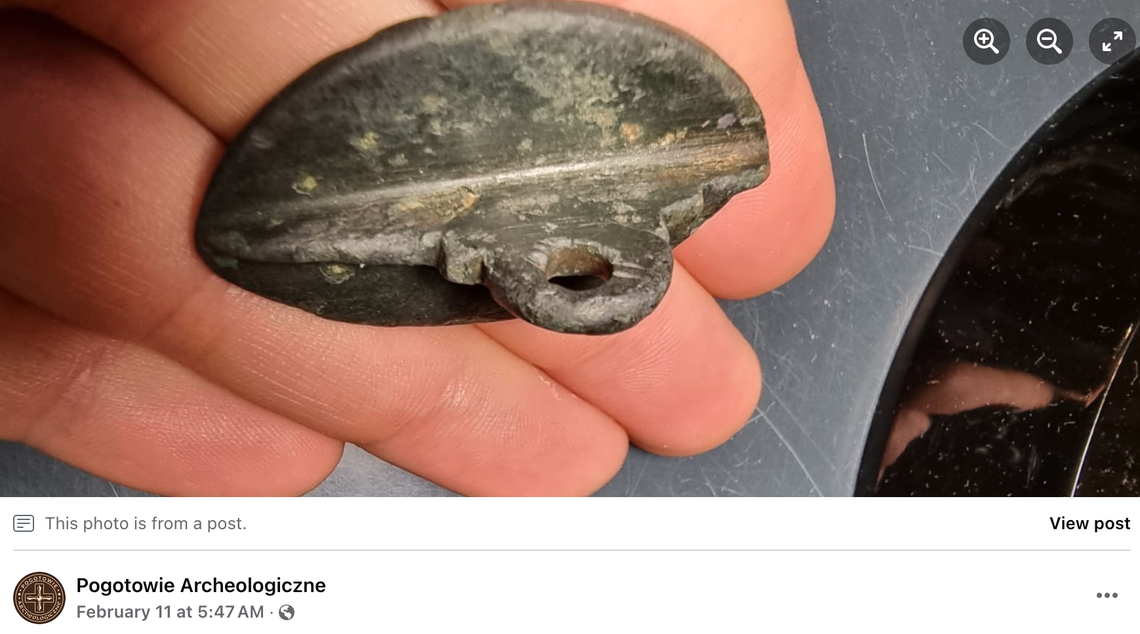
Local Community Reactions and Engagement
The recent discovery of the 600-year-old brass seal of St. Catherine of Alexandria has elicited a wave of positive reactions from the local community and historians alike. This remarkable find, which highlights the rich tapestry of the region’s history, has sparked a sense of pride among local residents who see the seal as a tangible link to their heritage. The historical significance of such a relic resonates deeply, fostering an appreciation for local history that may have been overlooked in contemporary narratives.
Community groups and historians are engaging in discussions centered around the implications of the discovery. Meetings and forums have been organized to facilitate dialogue on the history associated with the seal and its relevance to the community’s identity. Educational initiatives are also being proposed to ensure that younger generations are informed about the seal’s significance and the broader historical context it represents. These initiatives aim to bridge the gap between the past and present, creating a more informed community that values its history.
Moreover, the discovery of the brass seal has the potential to encourage local tourism. Enthusiasts and curious visitors may flock to the area to witness exhibitions or educational events related to the seal. This can lead to increased economic opportunities for local businesses and a revitalization of community engagement in historical exploration. Collaborations between local historians, schools, and cultural organizations are blossoming as they seek to create informative programs centered around the preservation and understanding of this extraordinary artifact.
In conclusion, the engagement of the local community in response to the discovery extends beyond mere interest; it cultivates a renewed commitment to preserving historical integrity and fostering educational outreach, ensuring that the legacy of the brass seal continues to inspire future generations.
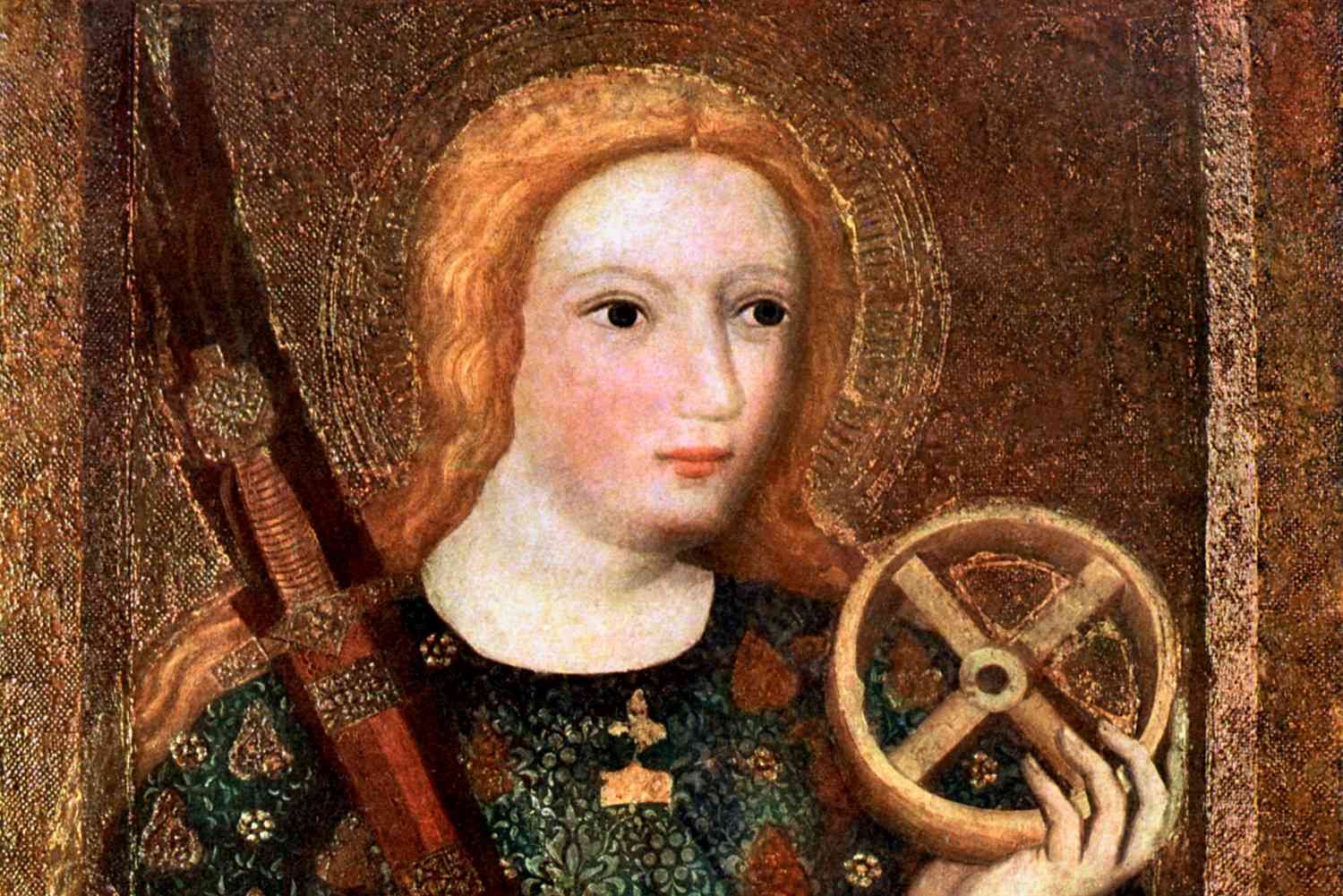
Potential for Future Research
The recent discovery of the 600-year-old brass seal of St. Catherine of Alexandria presents a significant opportunity for further research into various aspects of medieval history, religious practices, and the utilization of artifacts in both local and broader contexts. This seal not only serves as a unique specimen of art but also as a critical platform for interdisciplinary investigations that may profoundly illuminate our understanding of the period.
One potential avenue for future inquiry revolves around the socio-religious implications of the seal itself. Researchers may delve into how the veneration of St. Catherine influenced local communities and religious practices at the time. By examining the iconography and inscriptions of the seal, scholars could generate insights into how worship of saints shaped spiritual life and social structures during the medieval era. Comparative studies with seals from other prominent saints might elucidate patterns of veneration and religious adherence across different regions, enhancing the knowledge around cultural exchanges in the medieval world.
Moreover, the brass seal opens avenues for material analysis. Future studies could focus on its metallurgical composition to understand the manufacturing processes and technological capabilities of the era. Investigating the seal’s provenance may also reveal trade networks or artisan communities involved in the creation of similar artifacts. Additionally, the context in which this seal was discovered may inform researchers about its function and significance within that specific locality, potentially leading to discoveries of other related artifacts that may offer a layered historical understanding.
Ultimately, the brass seal of St. Catherine stands as a catalyst for various research directions that may enhance our comprehension of the socio-cultural and religious dynamics of medieval society. As scholars continue to explore these avenues, we anticipate a rich tapestry of insights that will emerge, further contextualizing this remarkable historical artifact.
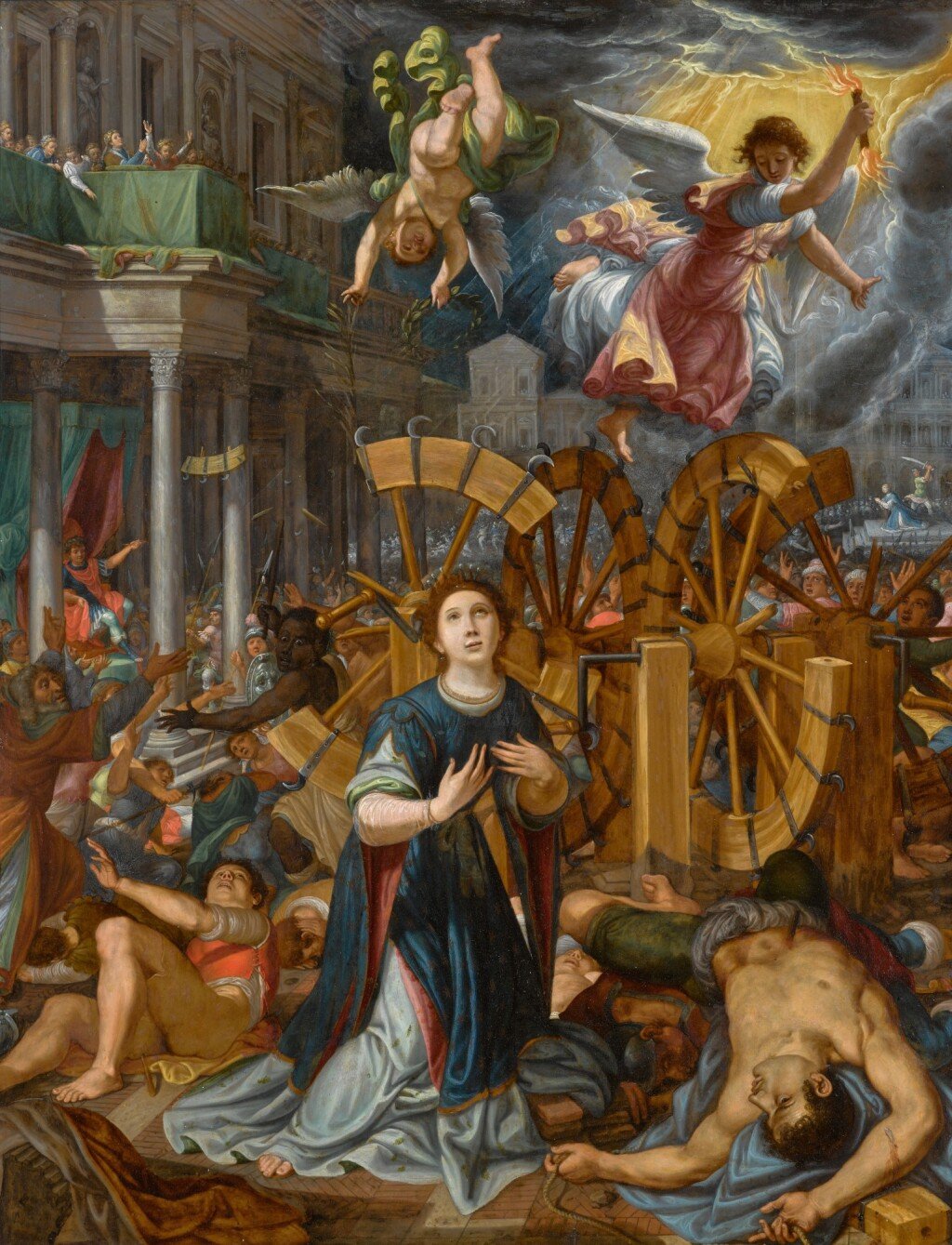
Conclusion: Reflection on Heritage
The discovery of the 600-year-old brass seal of St. Catherine of Alexandria serves as a poignant reminder of the significance of preserving cultural heritage through archaeological endeavors. Each artifact unearthed carries with it a wealth of historical narratives that enrich our understanding of the past and the individuals who shaped it. In examining objects such as the brass seal, we not only uncover physical remnants of bygone eras but also rekindle the stories associated with historical figures, amplifying their presence in our collective memory.
St. Catherine of Alexandria, celebrated for her intellect and courage, emerges from history as a symbol of faith and resilience. The brass seal, inscribed with her image and symbols, transcends time, acting as a conduit connecting contemporary society to the values and virtues exemplified by her life. Such artifacts breathe life into history, illustrating the impact of religious and cultural legacies on modern identity.
Moreover, the significance of archaeological finds extends beyond mere historical interest; it underscores the importance of cultural preservation in fostering a sense of belonging and continuity within communities. As we engage with discoveries like the brass seal, we are reminded of our shared heritage and the responsibility we bear in safeguarding it for future generations. Each artifact serves as a testament to the craft of those who came before us and invites us to reflect on our own place within that continuum.
In conclusion, the reverence for heritage through the preservation of archaeological finds enriches our understanding of human history. The brass seal of St. Catherine of Alexandria is not just a relic; it is a beacon that connects us to the virtues of the past and encourages ongoing exploration and appreciation for the stories embedded within our shared cultural legacy.












Leave a Reply
You must be logged in to post a comment.